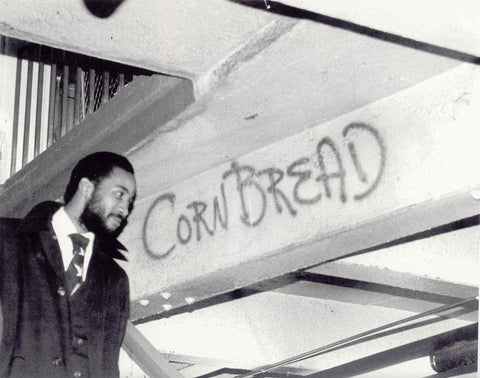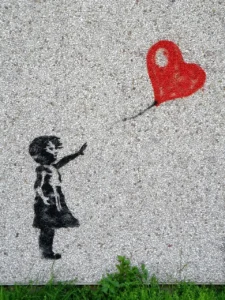Explore the fascinating history of graffiti, from its underground roots in the 1960s and 70s to its mainstream recognition as a globally celebrated art form today.
Table of Contents
The Evolution of Graffiti: From the Streets to the Gallery
Graffiti has come a long way from its humble beginnings as an underground art form to gaining mainstream recognition and appreciation. The history of graffiti is a fascinating tale of rebellion, creativity, and the evolution of a subculture that has left an indelible mark on the world of art and popular culture.
The Birth of Modern Graffiti
The roots of modern graffiti can be traced back to the late 1960s and early 1970s in cities like New York and Philadelphia. Young people, primarily from marginalized communities, began using spray paint and markers to leave their marks on walls, trains, and other public surfaces. These early graffiti artists, such as TAKI 183 and Cornbread, used their tags as a way to assert their identity and gain recognition within their communities.


Early graffiti writers TAKI 183 and Cornbread
Graffiti and Hip-Hop Culture
As graffiti spread throughout New York City in the 1970s, it became closely associated with the emerging hip-hop culture. Graffiti artists, or writers, would often « bomb » (paint extensively) subway cars and trains, allowing their work to travel throughout the city and gain exposure. This period saw the development of new graffiti styles, such as wildstyle and throw-ups, as writers competed to create increasingly intricate and stylized pieces.
The Rise of Street Art and Mainstream Recognition
Despite its growing popularity, graffiti remained largely underground and illegal throughout the 1970s and 1980s. Cities like New York implemented strict anti-graffiti measures, and writers faced arrest and prosecution for their activities. However, this only served to fuel the rebellious spirit of the graffiti community, and the art form continued to evolve and spread to other cities around the world.
In the 1980s and 1990s, graffiti began to gain mainstream recognition, thanks in part to the rise of street art and the increasing acceptance of graffiti-inspired aesthetics in fashion, music, and advertising. Artists like Keith Haring and Jean-Michel Basquiat, who started as graffiti writers, successfully transitioned to the world of fine art, paving the way for other graffiti artists to gain acceptance and recognition.

Keith Haring mural in New York City
History of Graffiti – The Modern Era

Today, graffiti has evolved into a diverse and globally recognized art form, with artists like Banksy and Shepard Fairey achieving international fame and their work commanding high prices in the art market. While graffiti’s illegal roots have not been forgotten, it is now celebrated in galleries, museums, and art festivals around the world, a testament to its enduring influence and the resilience of the artists who have shaped its history.
Banksy mural ‘Girl with Balloon
